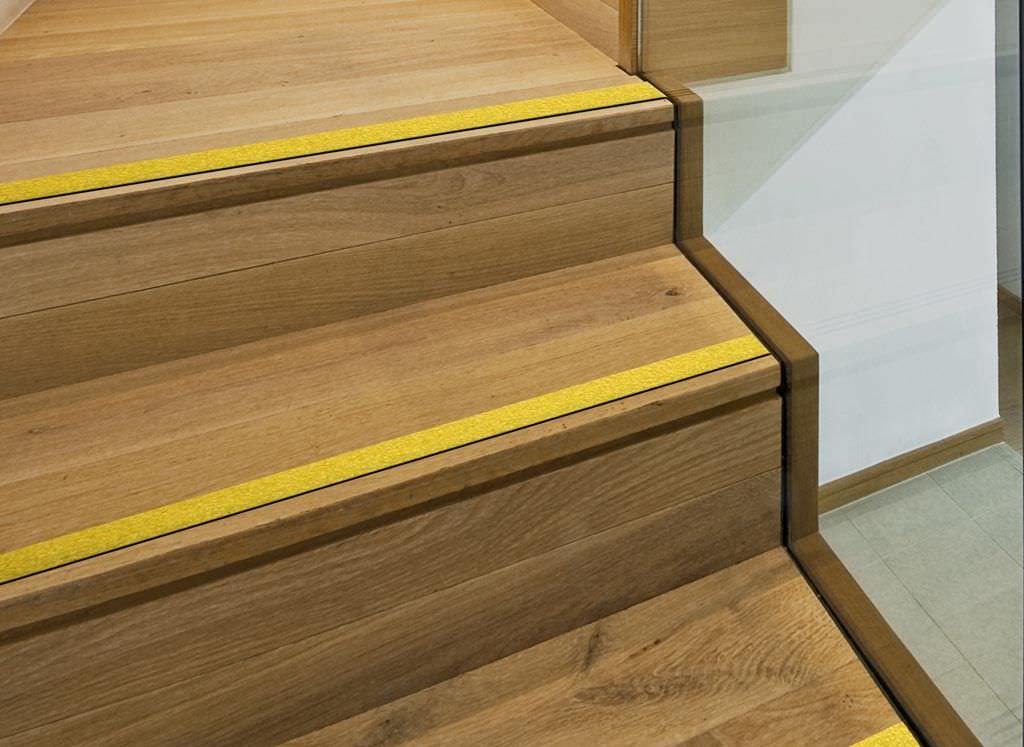
Engineered timber flooring is an exceptional choice for your home or office flooring. It provides a natural look that is also durable and easy to maintain. If you’re considering installation of engineered timber flooring, this guide will help you understand the process, cost, and benefits.
Preparation: Before installation begins, it is important to prepare the area. This means removing existing flooring, clean up, and evaluating the subfloor. Any imperfections in the subfloor will need to be addressed before the installation of the engineered timber stair nosing. If there are high spots, they’ll need to be ground down, and if the floor is uneven, self-leveling compounds can be used. The subfloor should also be dry, smooth, and level.
Installation: There are two main methods of installing engineered timber flooring: floating and glued down. The floating method involves laying the planks over an underlayment material that is placed over the subfloor. This method is quicker and more cost-effective but may not be suitable for larger rooms. The glue-down method involves the planks being glued to the subfloor using a strong adhesive. This method takes longer and costs more, but it ensures a more stable, secure, and long-lasting floor.
Finishing: Once the boards are laid, the edges of the room may need beading. Beading is a final trim piece that covers the expansion gap and is only necessary with the floating method. If the glue-down method is used, no beading will be necessary. Once the beading is in place, it’s time to add the final finishing touches. These include adding skirting boards or moldings to the edges of the room to give it a clean, finished look.
Maintenance: Engineered timber flooring is relatively low maintenance. To keep your new flooring looking amazing, it is important to sweep or vacuum regularly and wipe up any spills immediately. Avoid using harsh chemicals or steam cleaners as they can damage the timber. A dry mop or microfiber cloth with a natural cleaning solution will work great to keep the flooring looking fresh and clean. Additionally, polish or refinishing may be required every few years depending on the type of flooring.
Cost: The cost of an engineered timber flooring installation depends on various factors including the grade and type of timber, the size of the installation area, and the complexity of the subfloor. In general, the cost is lower than hardwood flooring, but more expensive than laminate. However, the durability and long-term savings make engineered timber flooring an excellent long-term investment.
Conclusion
Engineered timber flooring is a beautiful and practical flooring option that can add value to your home or office space. Installing it requires some preparation and, depending on the method used, can be more complex than other types of flooring. However, the benefits of its natural look and durability make it a popular choice among many homeowners. Proper maintenance will keep the flooring looking good for years to come, and although the cost of installation may be higher than some other options, in the long term, engineered timber flooring is a great investment. By following this guide, you’re now equipped with the knowledge needed to make an informed decision about engineered timber flooring installation.
